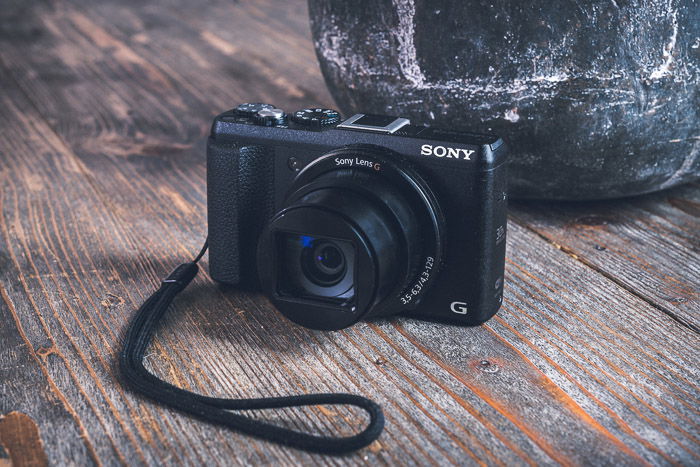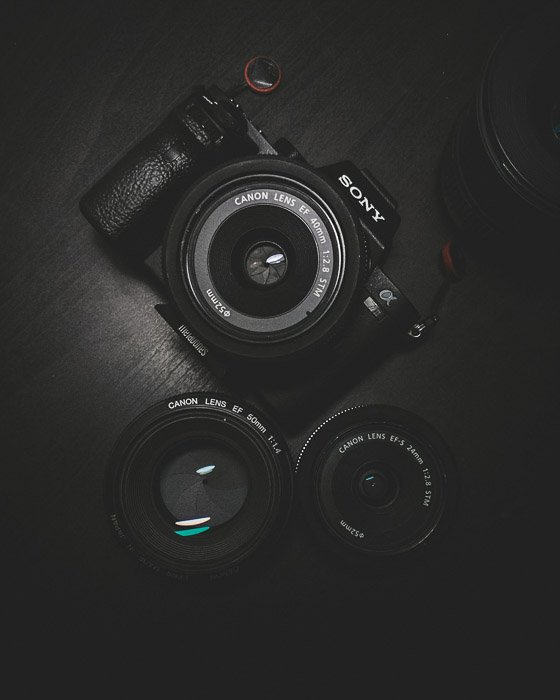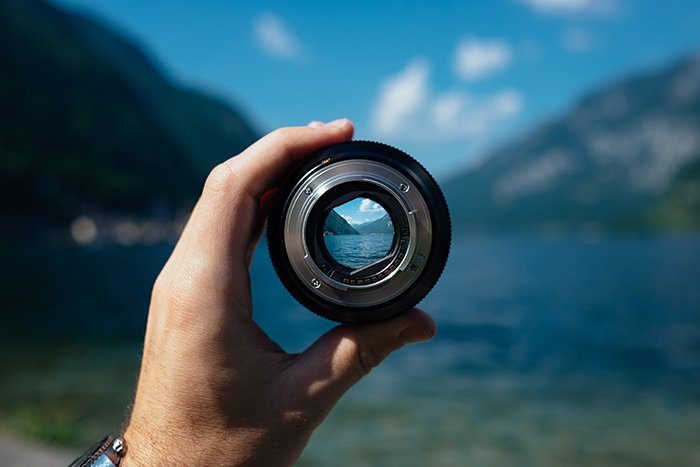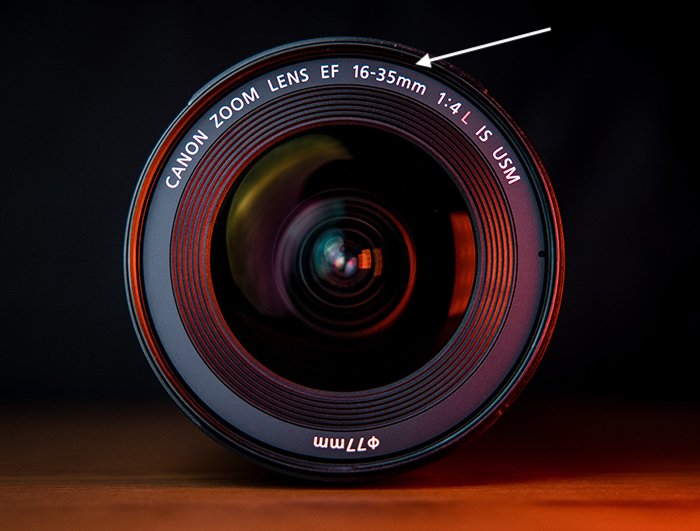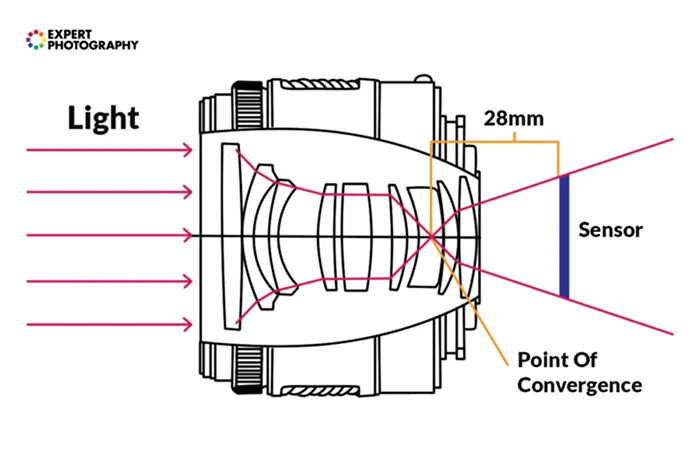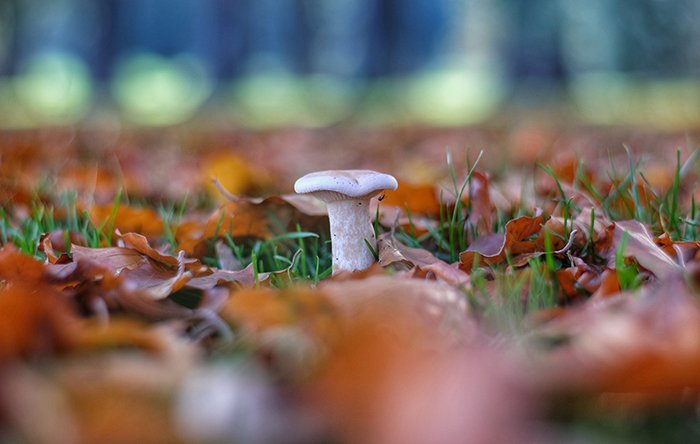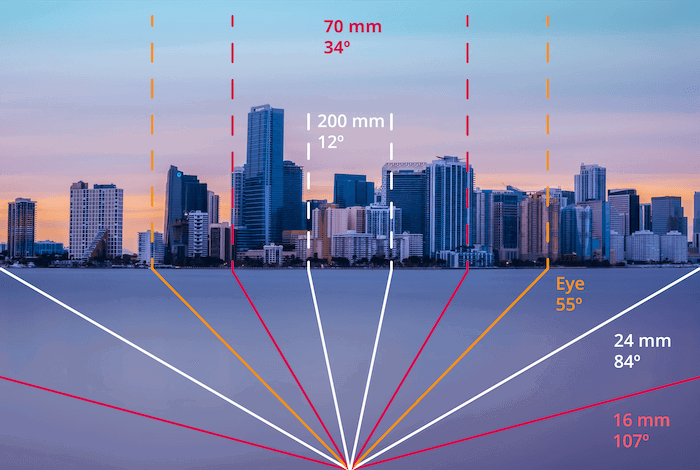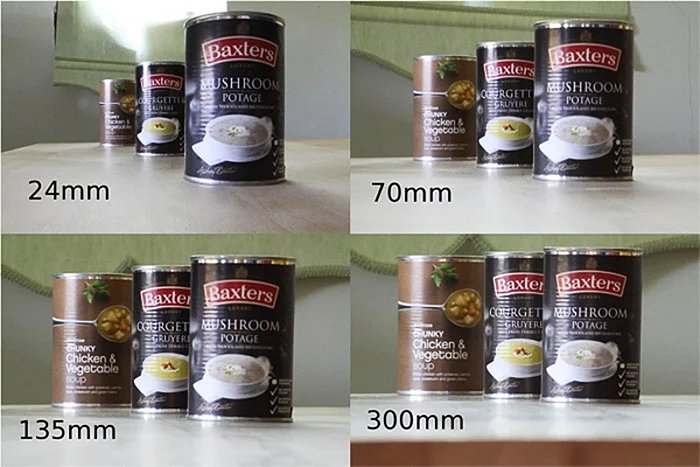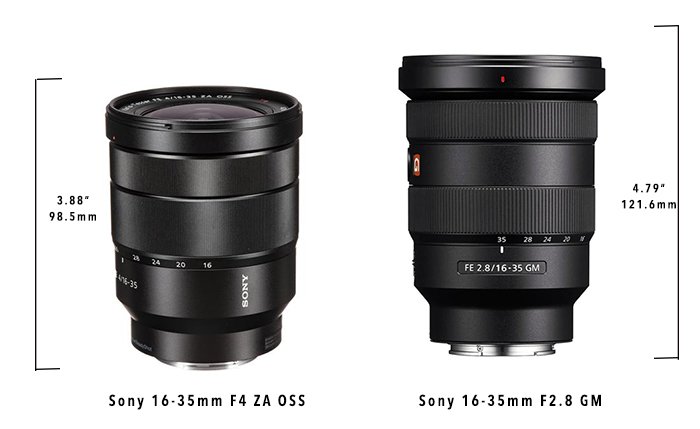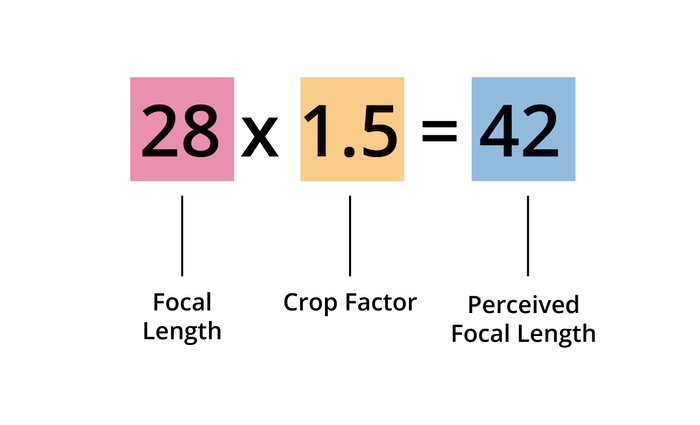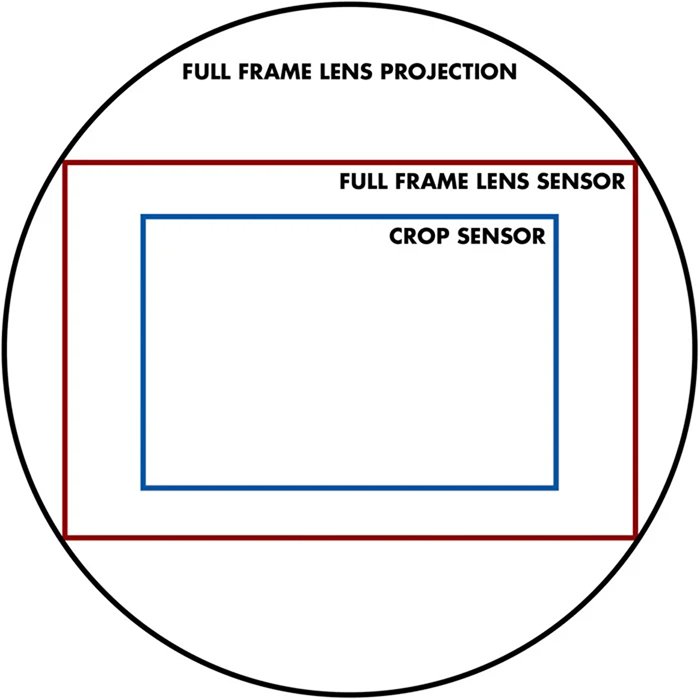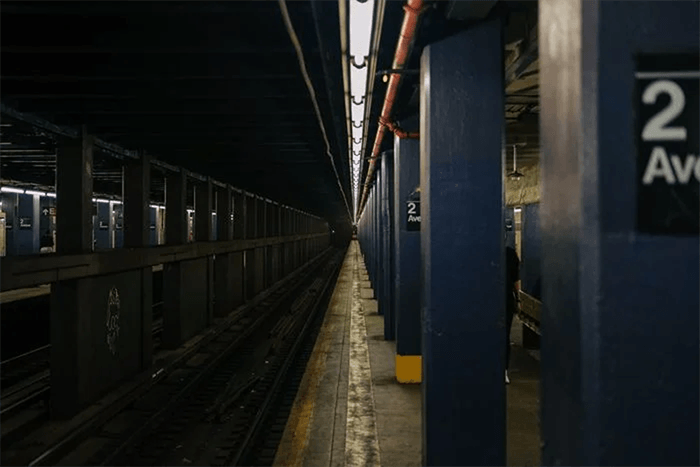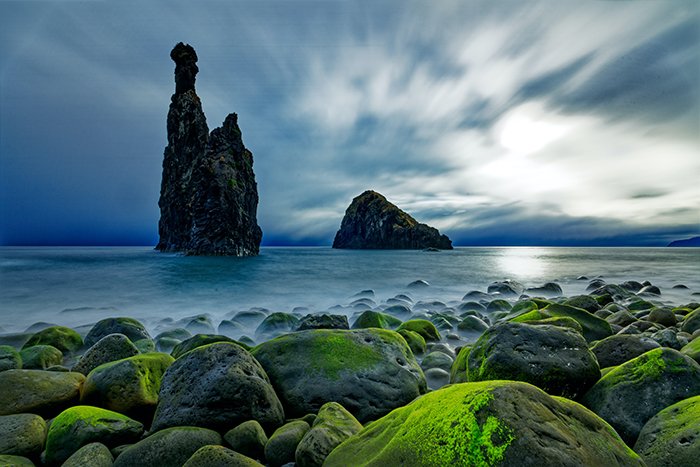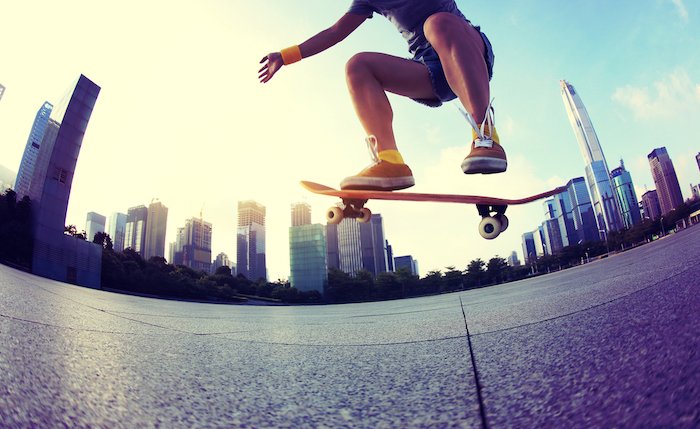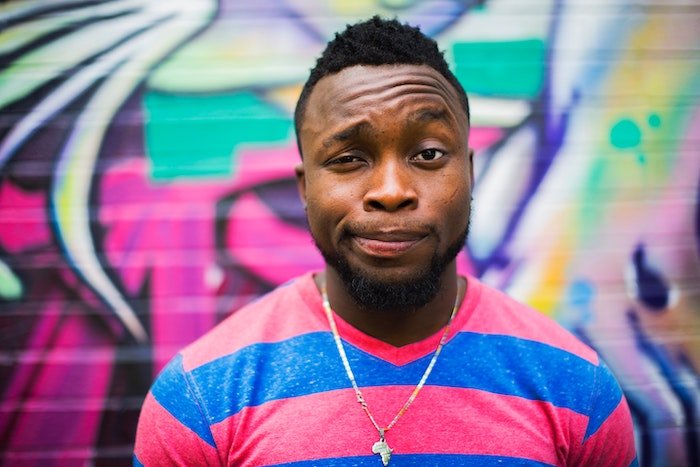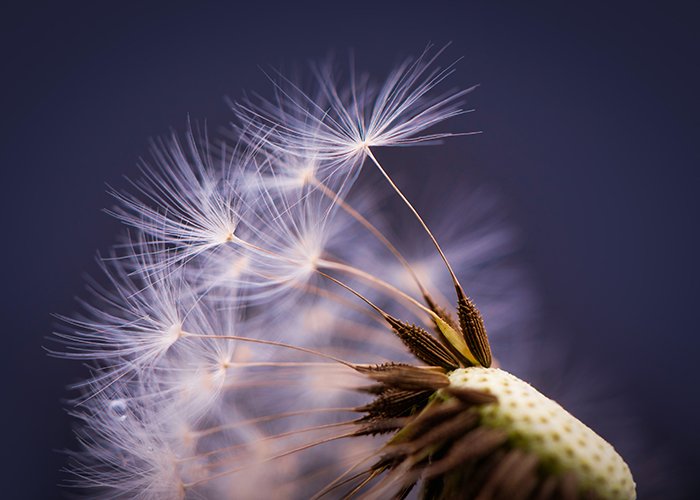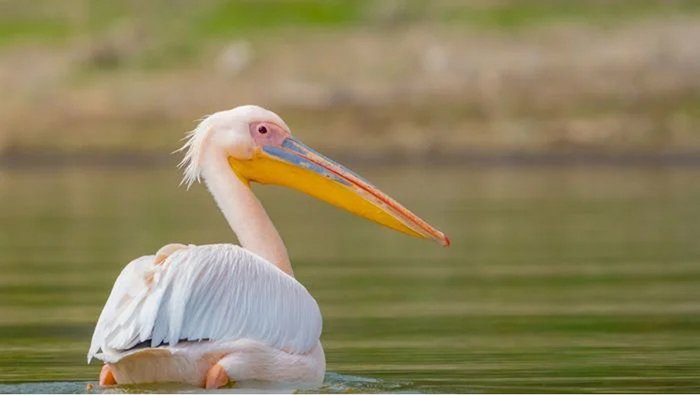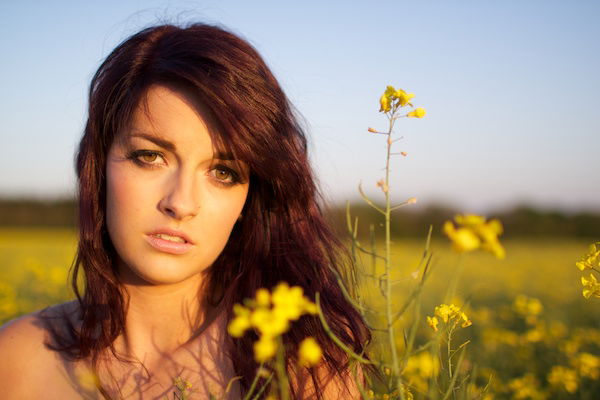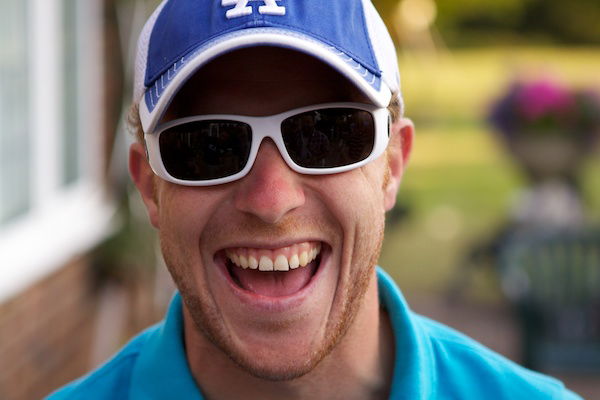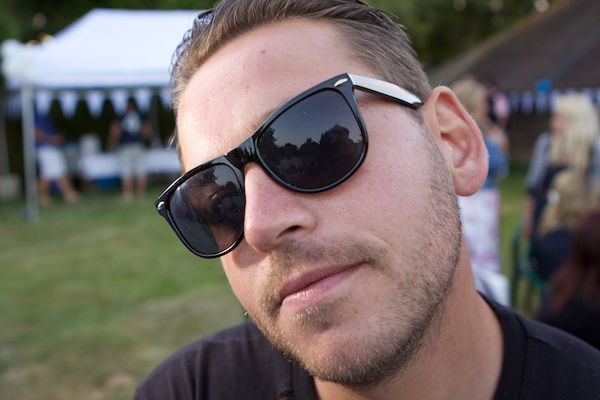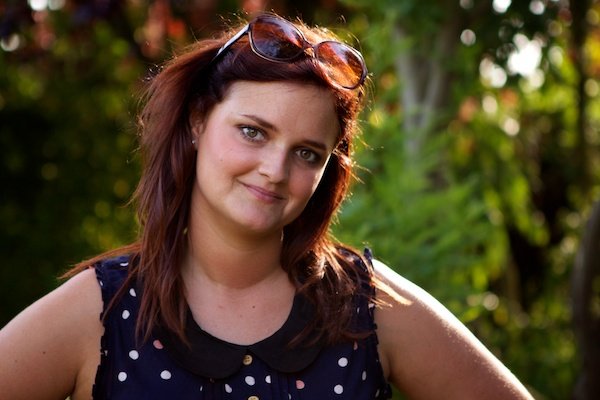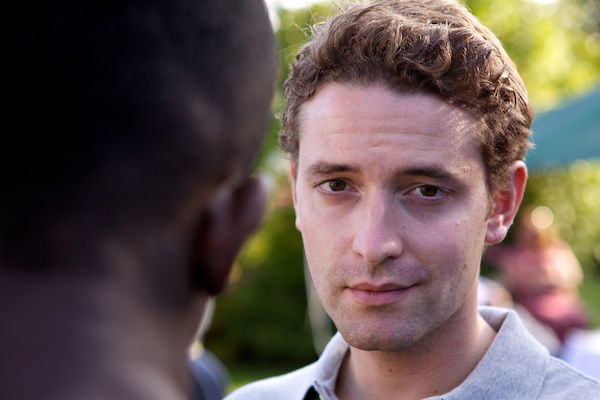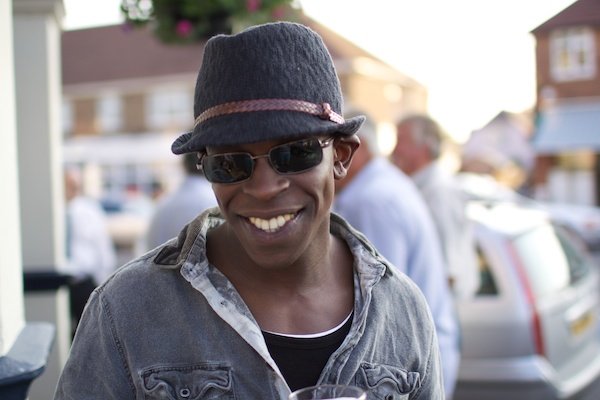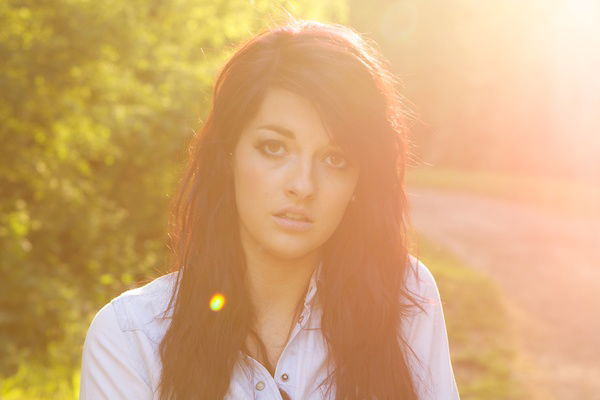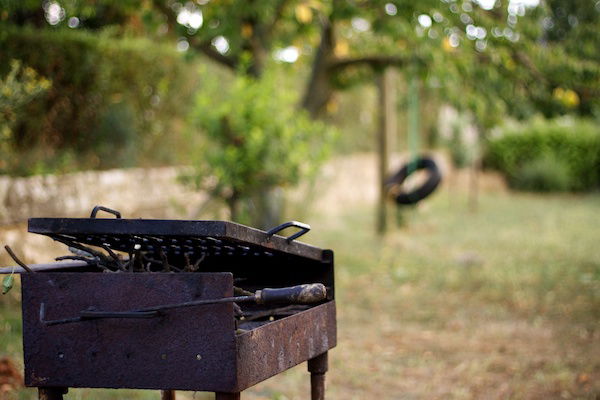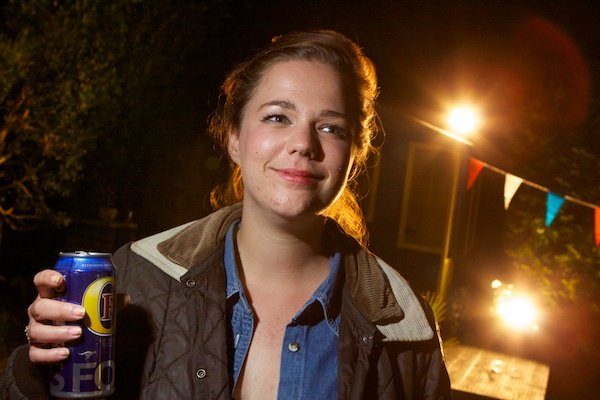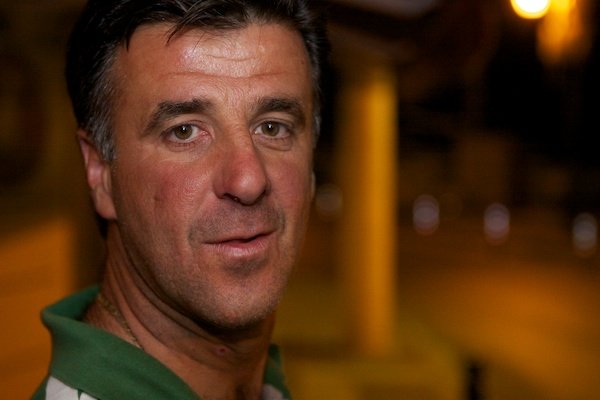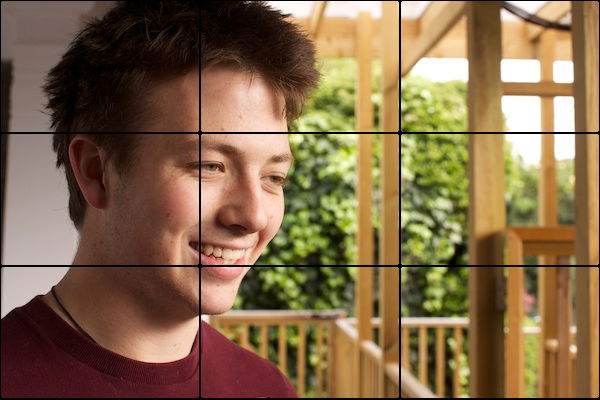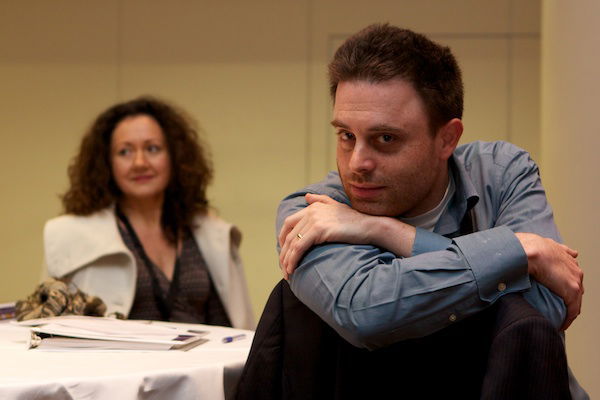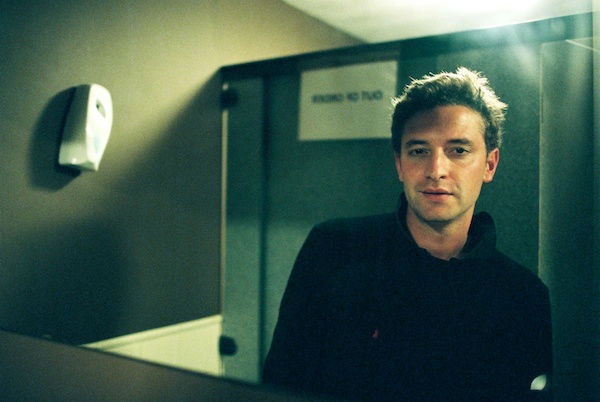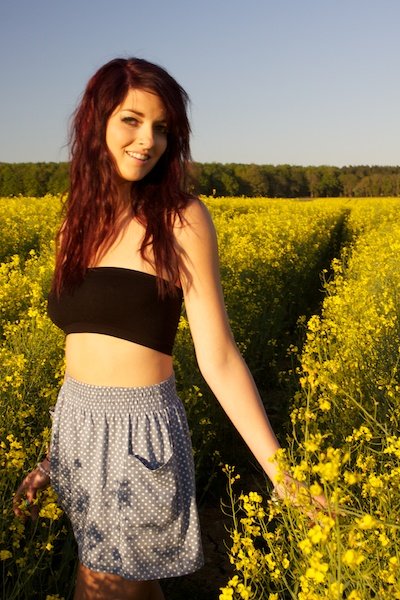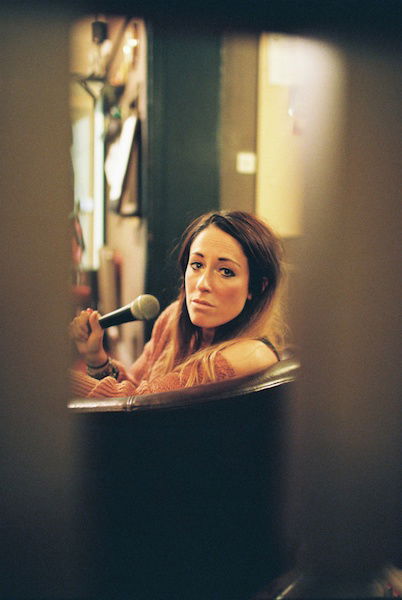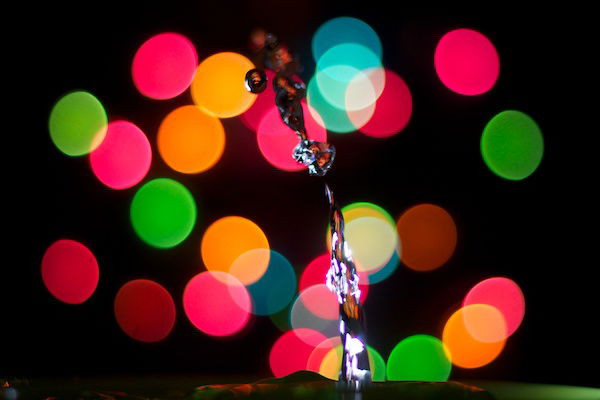A Simple Guide to the Different Types of Digital Cameras
Shopping for the best digital camera can be overwhelming for a beginner photographer. Or for a professional looking to change the format. There are so many different types of cameras.
There’s only so much your smartphone can do. At some point, you’ll want to invest in a digital camera for higher image quality.
Here are the various camera types that you should consider.
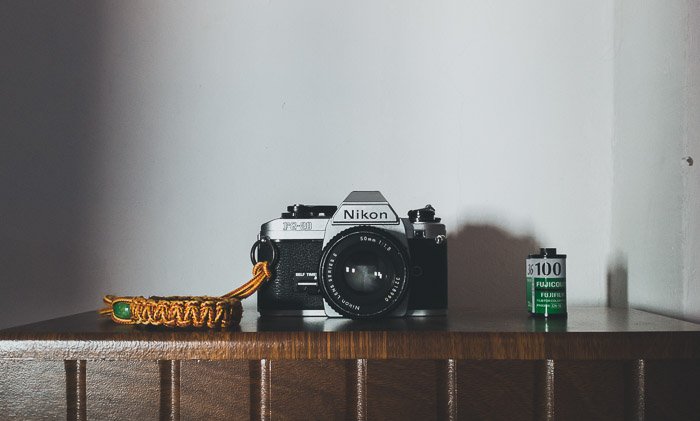
7. Compact Cameras
Also known as a point-and-shoot camera. A compact camera is an inexpensive entry-level camera for the amateur digital photographer.
These cameras are small and lightweight. They usually come with standard, automatic settings. They tend to be smaller as they don’t have an optical viewfinder.
They are the most user friendly of the types of cameras options. You frame your subject and press the button. The camera does all the work. It assesses the scene and determines a correct exposure.
Compact cameras have a built-in flash and a zoom lens. They also come with an LCD screen. You can view your scene before pressing the button to take the picture.
Many of these cameras even have some manual functions. These allow you to have more control over your photography.
But these types of cameras are all about ease of use. They won’t give you control over every camera setting. Some models also offer the ability to change lenses.
The downside of compact cameras is that they have a very small sensor. It doesn’t allow for great picture quality or printing large images.
Compact cameras are great for the hobbyist starting out. But they are not suitable for professional use.
Recommendations:
6. Zoom Compact Camera
Compact zoom cameras have a more powerful zoom lens. This means a much greater magnification ability.
They offer automatic exposure settings as well. But most also offer manual options and HD recording.
These types of cameras do not offer interchangeable lenses. This is due to the nature of the enhanced zoom function. The zoom ranges from 28-300mm.
Most models offer at least 12 megapixels. This is excellent for your personal images. As with other compact cameras, these types of cameras are not suitable for professional use.
Recommendations:
Canon Powershot SX540
Panasonic Lumix ZS50
Olympus Stylus 1s
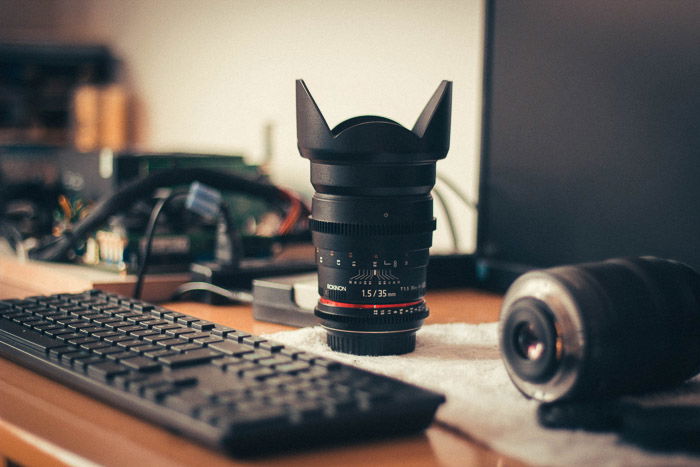
5. Advanced Compact Cameras
These types of cameras are for the more experienced hobbyists. They want more control over their photos than what a regular compact camera provides.
Advanced compact cameras come with manual exposure mode and manual focusing.
These features put these a cut above regular compact cameras. But these cameras are still lightweight and user-friendly.
They will allow you to take higher-resolution pictures than your smartphone can provide. But they’re still small and compact. This makes them an easy walk-around solution for many shooting situations.
Recommendations:
Canon PowerShot G3X
Sony RX100 IV
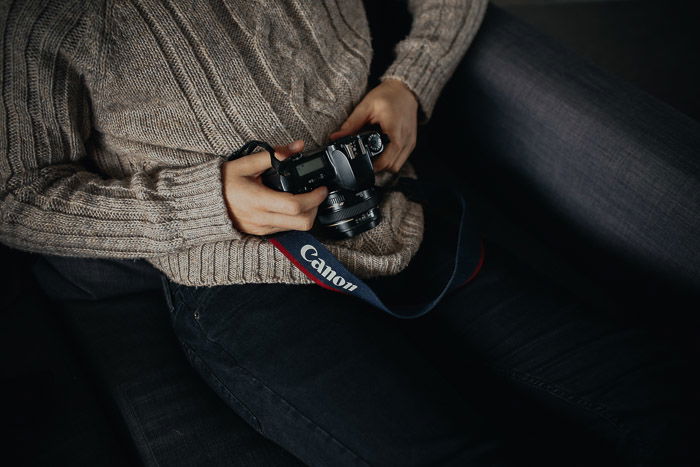
4. Adventure Cameras
Action cameras have become very popular lately, and more and more models are coming out.
These types of cameras are similar in many respects to compact cameras. But they have the bells and whistles that allow them to withstand extreme conditions.
They are weatherproof and shockproof, with their lens behind very durable glass. Action cameras are very small, yet offer a lot of versatility and high resolution for their size.
As with other compact cameras, they are not suitable for professional use. This is due to its small sensor. They also don’t come with interchangeable lenses. They may also lack an optical viewfinder or even an electronic viewfinder.
Recommendations:
Nikon Coolpix AW130
Olympus TG-870
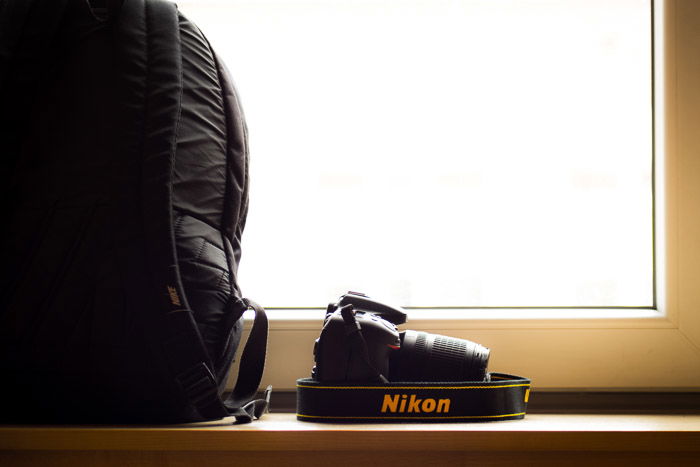
3. DSLRs – Digital Single Lens Reflex
Digital SLRs are for serious amateurs and professionals alike. These are larger and heavier than compact cameras. Most professional cameras out there are DSLRs, even through bridge cameras and mirrorless are gaining in popularity too.
Their design and function comes from film cameras. The higher-end models have a full-frame sensor. This is also inspired by the traditional 35mm film camera.
Many come with a cropped-sensor. This is cheaper for camera manufacturers to make. And it allows DSLRs to be accessible to a wide variety of consumers.
The lenses are interchangeable on these cameras. How they behave will depend on whether the camera you choose has a cropped sensor or a full-frame sensor.
The lenses for these cameras range in quality. Most manufacturers offer a line for amateur photographers. And then a much more expensive line aimed at professional photographers. An example here is Canon’s L-series.
DSLRs also offer a variety of manual settings and creative controls. You can take images in Automatic mode. But these types of cameras offer Shutter Priority, Aperture Priority, and Manual mode as well.
The benefit is that they have an optical viewfinder. They come in a range of sensor sizes, some being APS-C while others are full-frame. Shutter speeds can reach faster ranges and have a better low-light capability.
Recommendations:
Canon EOS Rebel T6i
Nikon D3400
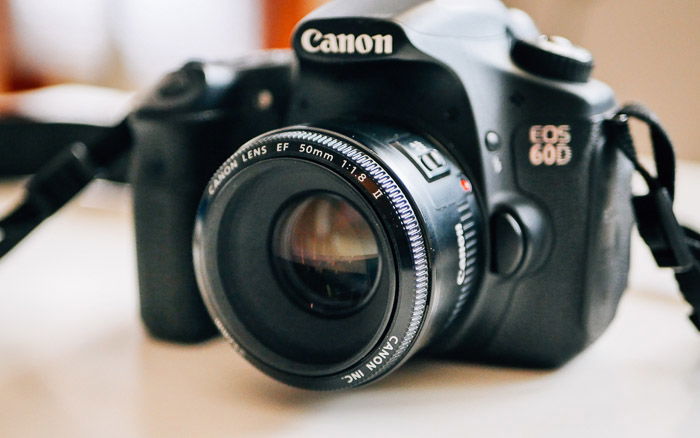
2. Compact Mirrorless Cameras
They say that mirrorless cameras are the wave of the future. They offer most of the features of a DSLR camera. But they are smaller, lighter, and generally less expensive.
The name “mirrorless” is from the lack of an internal mirror that reflects light onto the sensor.
The light that comes in through the lens goes straight to the sensor. This then transmits the information it captures on to the LCD screen.
The new mirrorless cameras are a powerful alternative to the DSLR. They tend to use an electronic viewfinder rather than an optical viewfinder.
In fact, many professional photographers are switching over to mirrorless cameras. Or they’re using them as an alternative to their usual DSLRs, such as while traveling.
They are versatile, high-performance types of cameras. They will allow you a lot of control over your results.
You can change lenses on these cameras, and they have a ton of features for creative control. Some models offer facial recognition and have focus points in every part of the frame. This is excellent for event or wedding photography.
noop
Most offer high resolution and video, and also WiFi capability. This
latter allows you to remotely control your camera. You can use your
smart device from a distance.
The new mirrorless cameras are now capable of capturing incredible, high-resolution images. These types of cameras are comparable to some of the best DSLRs out there at a lower price point.
Recommendations:
1. Medium Format Camera Types
It’s out of the average person’s price range. And it’s unnecessary for most shooting situations. But the medium format camera bears mentioning.
Medium format refers to the 120 size film format used in the Hasselblad V system film cameras. Hasselblad are the leading manufacturer of this type of camera system.
Medium-format is a camera with a larger sensor than a full-frame DSLR. It is common in certain types of advertising work where very high resolutions are the norm.
These types of cameras offer amazing resolution. But they have less sophisticated autofocusing systems and burst modes. Thus, they are not suitable for every genre of photography.
The other downside is that the price tag for this type of cameras is exorbitant. Even most pros rent them rather than buy their own.
For example, the Hasselblad H6D-400c offers 100 megapixels and a 53.4×40.0mm sensor. And it costs almost $50,000 USD for the body alone.
Recommendations:
Hasselblad H6D-100c
Hasselblad H6D-50c
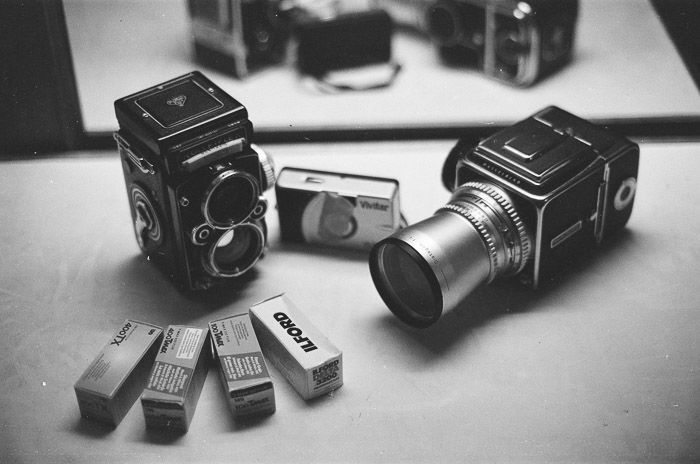
Maybe you’re a beginner, hobbyist, or looking to get into professional-level photography. No matter your level, there are many types of cameras to choose from that will suit your needs. You can even find a variety of cameras for kids.
Take the time to explore the features of several models before narrowing it down to a final choice.
Want More? Hot Photography Books
---------------------------------------------------------------------------------
